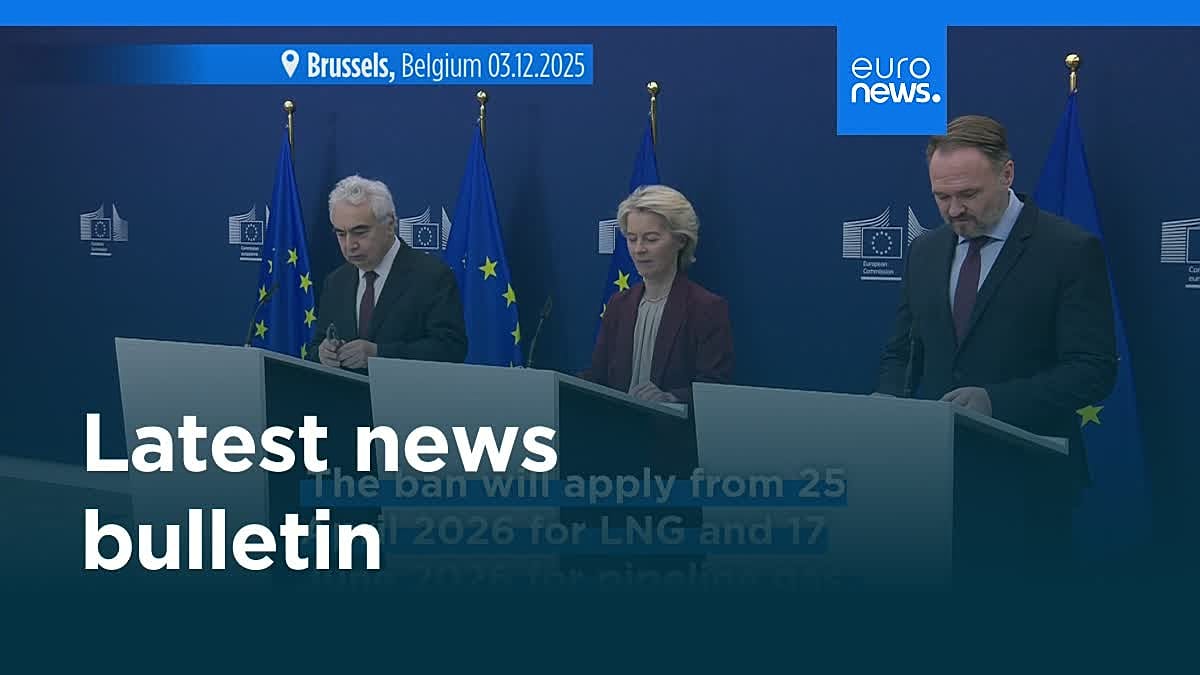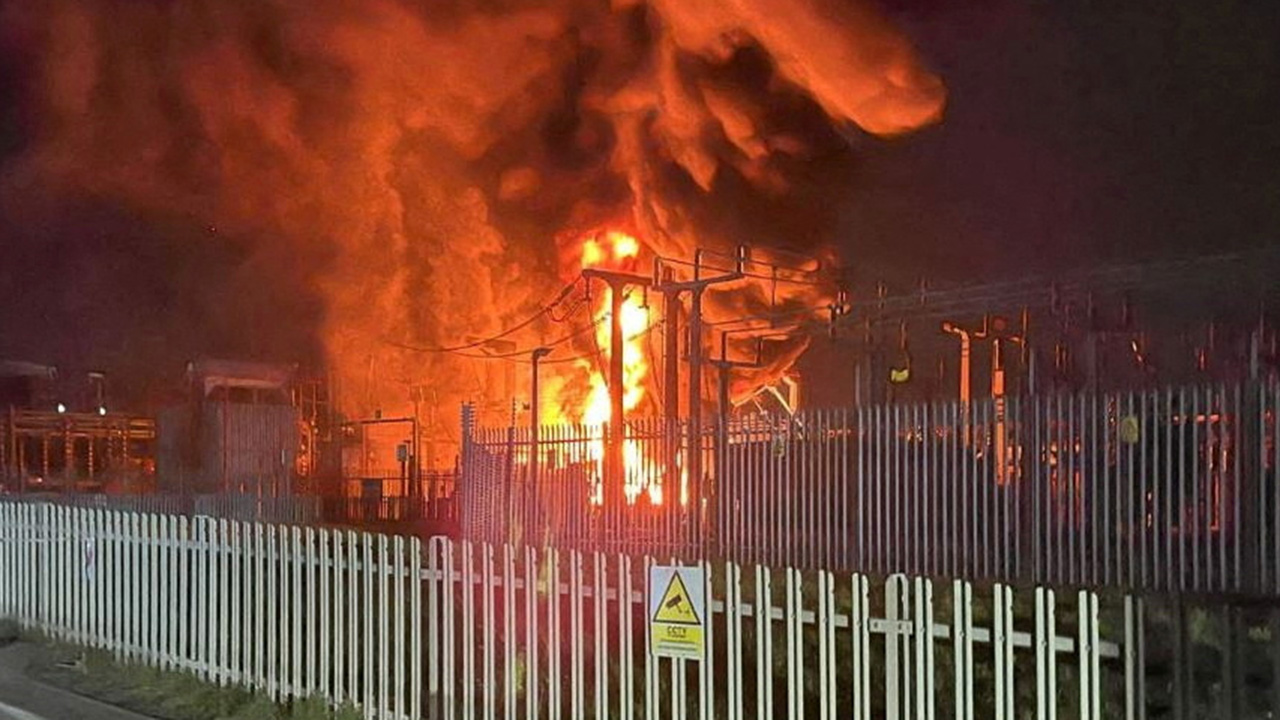Inside the Invisible Stack: What Powers the World’s Fastest Trades


Understanding the Core Challenges in Ultra-Fast Trading Infrastructure
Every component in the trading pipeline, from network cables to processors, adds delay. Network latency arises as data packets move across cables and switches between exchanges and servers. Processing latency occurs when CPUs analyze the market data by executing sequential instructions. Jitter, or inconsistent timing, is equally disruptive. Unpredictable variation in delays makes it harder for trading firms to measure, predict, and optimize their systems.
But the challenge extends further than speed. Modern trading infrastructure needs to process immense parallel workloads, thousands of market updates happening simultaneously across multiple exchanges and securities. Sequential computing architectures become bottlenecks in this environment.
How FPGA Technology Accelerates Trading Execution Speed
Field-Programmable Gate Arrays (FPGAs) have transformed the landscape by shifting critical trading logic into hardware. FPGAs allow algorithms to be implemented as direct, configurable circuits, sidestepping the overhead of operating systems, instruction decoding, and memory management.
One of the biggest advantages of FPGA architecture is genuine parallel processing. Here’s how FPGAs drive breakthrough performance:
– Parallel Task Processing: Market data parsing, order book updating, risk checking, and order generation all run side by side on the same chip, removing sequential bottlenecks.
– Deterministic Timing: FPGAs, when properly configured, ensure identical processing times for identical inputs, vital for strategies that demand ultra-fast, reliable execution.
– Real-Time Acceleration: Time-sensitive operations such as parsing protocols, updating order books, and triggering trades, complete without the lag of software-driven systems.
– Simultaneous Pre-Trade Risk Checks: Often a bottleneck, these can be executed in parallel with order generation, enhancing responsiveness.
Integrating Hardware and Software for Optimal Low-Latency Performance
A well-designed low-latency trading system assigns tasks to the computing layer best suited to handle them efficiently. To reduce processing delays, operations are distributed based on their computational profile and timing sensitivity. In practice, latency-critical operations such as market data parsing and pre-trade risk checks are delegated to FPGAs, while CPUs handle less time-sensitive computations.
Seamless integration is vital. Market data must pass from network interfaces to FPGA chips to CPU-based analytics without creating delays. The FPGA-based SmartNICs use fast PCIe transfers, Direct Memory Access (DMA), and kernel bypass to pass the data to the CPU with the lowest possible delay. Lock-free programming techniques prevent software slowdowns when multiple threads need to handle critical information.
Networking is equally crucial. There are FPGA-based switches that forward and distribute network packets between multiple servers with significantly lower delay than standard networking equipment. Smart network adapters with FPGAs can handle initial packet processing before data even reaches the main server.
What’s the impact of making strategy logic accessible to FPGAs without deep hardware expertise? Solutions that integrate C++ APIs mean that trading teams can tune parameters and customize approaches rapidly, achieving nanosecond-level responsiveness without rewriting low-level hardware code.
Magmio’s Role in FPGA Trading Systems
Magmio provides a development framework and integration support for implementing trading strategies directly on FPGA hardware. In FPGA-based architectures, latency-sensitive tasks, such as market data handling, risk checks, and order generation, are executed entirely within the FPGA fabric, minimizing reliance on external components.
A practical advantage of Magmio’s approach is the ability to express trading strategies in high-level programming languages, which are then compiled to run on FPGA hardware. This enables fast strategy updates and fine-tuning without requiring deep FPGA programming skills. By letting traders and developers make changes quickly, firms stay agile even as market dynamics shift.
Of course, integrating these platforms remains a hurdle. That’s why specialized vendors are building complete ecosystems, with development tools, testing frameworks, and strong support. Magmio provides a comprehensive suite that lets trading firms focus on developing advanced algorithms without wrestling with hardware, accelerating time to market and maintaining a clear performance advantage. As a result, new trading algorithms reach the market faster, and firms stay ahead in the race for trading speed and efficiency.
The post Inside the Invisible Stack: What Powers the World’s Fastest Trades appeared first on European Business & Finance Magazine.















































